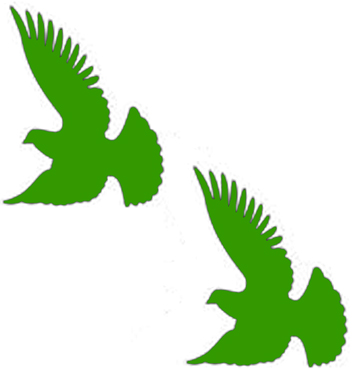Q: Can you give me some tips for effectively flying Old Birds with a small racing team?
First of all, have fun with your team and enjoy it.
When it comes to training, it will not be the distance that is important, but the frequency. Training them over a period of approximately 3 weeks before the first race should do the trick. Maximum distance of 30 air miles should do, although 1 or 2 longer tosses would be desirable. If at all possible, and of course weather permitting, I like to give them a toss on 10 consecutive days. This will get them into the physical and mental condition to go to the first race.
Here are a few more important tips. I would suggest that you mate 3 of your 6 pairs 3 weeks before the first race. What I mean by this, if they have eggs, clean out their nest bowls and let them start the mating cycle 3 weeks before the first race. In 10 days, they will have new eggs and the day of the first race those 3 pair should be sitting on 10 day old eggs. This is an excellent or almost perfect nest position for your birds to be in.
Send all three pairs, hens as well as cocks, to that first race. Mate the second 3-pair group one week later. This will put them in
prime position for the second race. The first group (three pair of birds) that you sent to the first race -- should one or two of them do well on that first race, then that pair or 2 pairs can also be raced to the second race, now sitting on 17-day-old eggs. Again,a very good position for them to be in.
The birds that do not do exceptional on the first race -- take their eggs and nesting material away the day following the race. In this way they will start their egg laying cycle over again. The cock bird can then be raced on about 4 day old eggs in about 2 weeks. The hen and cock will then again be ready to be in prime position in 3 weeks. This method will give you the most bang for your buck.
Just prior and during the flying season, do not worry about the birds sitting on their eggs or raising youngsters. Their primary use is to be racers, not breeders at this stage.
